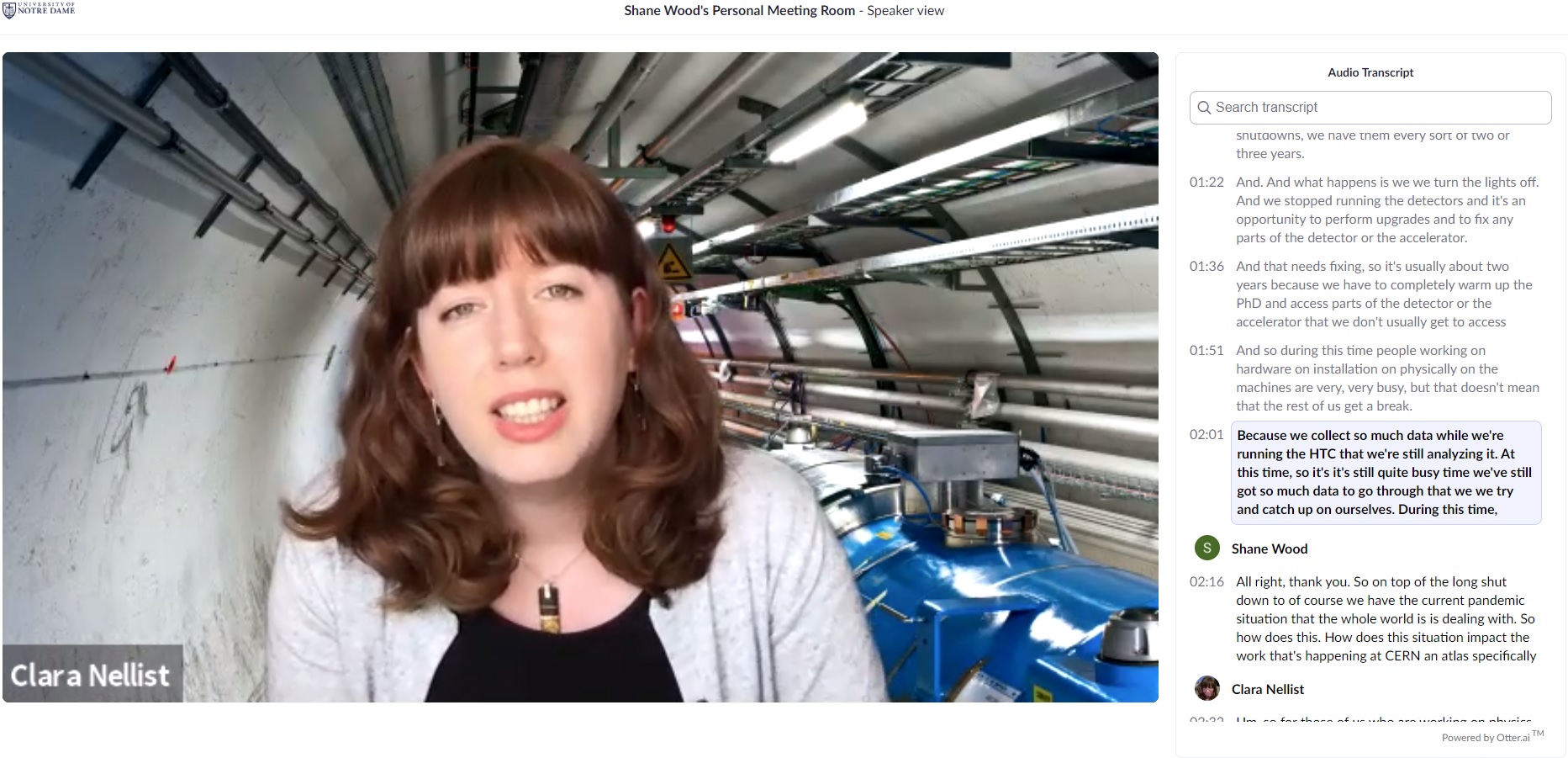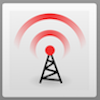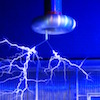Friday Flyer - May 22, 2020

Spotlight on the ATLAS Detector in 2020
What measures nearly two meters high, weighs in at over 1200 pounds and consists of 260 layers of carbon-based material? The answer to this question is a cake with the greatest number of layers in a layer cake according to Guinness World Records. (A question with “the ATLAS detector” for the answer would have just been too easy to start off today’s Spotlight!) OK . . . So what measures 46 meters long, 25 meters high, 25 meters wide, weighs in at 7000 metric tons, and sits 100 meters below the ground near the main CERN site? Now we’re talking about ATLAS, the largest (by volume) general-purpose detector at CERN. (Explore and learn more with this 360-degree guided tour of ATLAS or scroll to the bottom of this page for a self-guided tour; no passport needed!)
The LHC is currently in the midst of the Long Shutdown 2 (LS2), a time when large hadrons are NOT colliding in the LHC to allow accelerators and experiments to undergo maintenance work and upgrades. In addition to LS2, scientists and engineers at CERN have been impacted by COVID-19 like so many others around the world. How does this combination of events affect the work of an ATLAS scientist? Shane met on Zoom with ATLAS physicist and outreach coordinator Clara Nellist to find out.

physicist during the LHC's Long Shutdown 2 and during the COVID-19 pandemic.

News from QuarkNet Central
We'd like to announce a new opportunity, the QuarkNet Summer Session for Teachers 2020: The Standard Model and Beyond. This course will be taught by Dr. Allison Reisnvold Hall, a postdoctoral research associate at Fermilab. Participants will meet virtually six times in July and early August. For more information and to register, please visit the QuarkNet Summer Session for Teachers 2020 page. There is no prerequisite for the course; it is free and open to all QuarkNet teachers.
The QuarkNet Wednesday Webinars (QW2) series continues next week with Gabe Perdue's webinar on Quantum Computing. Visit the QW2 page to register you and/or your students. While there, you can also access recordings of previous webinars, including Rick Dower's History of Neutrinos and Pedro Machado's Science at Fermilab. We had no QW2 this week, but as an alternative we've posted a recording of Don Lincoln's BAMC webinar on the Standard Model and the LHC. Check it out!
The AAPT 2020 Summer Meeting in Grand Rapids is going virtual. Several new sessions focusing on remote learning have been added, and the deadline for submitting an abstract has been extended to June 3. For more information, check out the AAPT 2020 Summer Meeting website.

Physics Experiment Roundup
This Gizmodo article on neutrino research includes a historical view on how physicists built our current understanding of nature's "ghost particles" and what the future might hold in this field, with an eye on the Deep Underground Neutrino Experiment (DUNE). From the CERN Courier, an ATLAS report on the search for the top squark, the superpartner to the top quark predicted by supersymmetry. An update from symmetry on some of the latest physics contributions to COVID-19 projects. A recent tweet from CERN confirms what Clara Nellist mentioned in the Spotlight interview above: CERN is beginning to slowly reopen to on-site activity. The video shows just how quiet it has been at CERN while so many have been teleworking.

Resources
The STEM Career Expo at Fermilab offers high school students a chance to hear from Fermilab professionals in STEM fields. This year's event was held online, and the panel discussions were recorded and are now available on the STEM Career Expo webpage. The LHC at Ten series revisits important LHC discoveries so far, including The Higgs boson: What makes it special? Physics Magazine explores the Era of Anomalies in particle physics. From Discover, find out how magnetic fields affect the human body. And be sure to check out Don Lincoln's latest video in his Subatomic Stories series on antimatter, just posted this week.

Just for Fun
Looking for more experiments to do at home? The Physics Girl shares five ideas, including Jello optics and opening a soda can with a Sharpie marker! A view like none other, thanks to Google Street View from inside the International Space Station. And of course, one from xkcd.
That's all folks! Have a great weekend!
QuarkNet Staff:
Mark Adams: adams@fnal.gov
Ken Cecire: kcecire@nd.edu
Spencer Pasero: spasero@fnal.gov
Shane Wood: swood5@nd.edu
